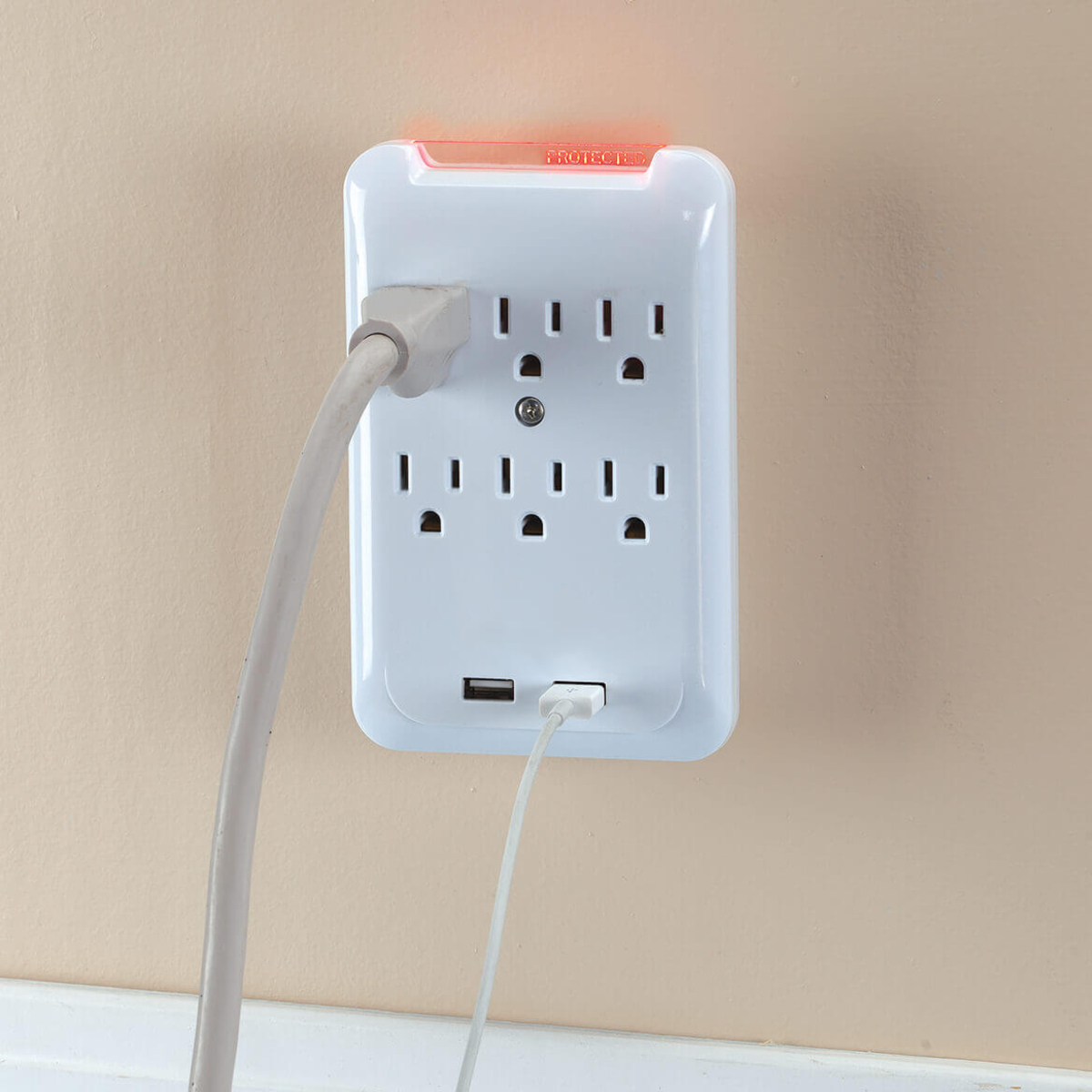

Articles
How To Hang A Surge Protector On The Wall
Modified: January 19, 2024
Learn how to hang a surge protector on the wall with this informative article. Find step-by-step instructions and tips for safely mounting your device.
(Many of the links in this article redirect to a specific reviewed product. Your purchase of these products through affiliate links helps to generate commission for Storables.com, at no extra cost. Learn more)
Introduction
Welcome to our guide on how to hang a surge protector on the wall. Surge protectors are an essential component in safeguarding our electronic devices from power spikes and surges. By mounting the surge protector on the wall, not only will you be able to keep your devices protected, but you will also save valuable space on your desk or floor.
In this article, we will take you through a step-by-step process of hanging a surge protector on the wall. Whether you’re a DIY enthusiast or a beginner in home improvement projects, this guide will provide you with the necessary instructions to complete the task successfully.
Before diving into the steps, let’s quickly review why surge protectors are so important. Electrical power surges can occur due to lightning strikes, power outages, or fluctuations in the power grid. These surges can damage your valuable electronic equipment, such as computers, televisions, and gaming consoles.
A surge protector acts as a shield against these power surges by diverting excess voltage away from your devices. It typically comes with multiple outlets, allowing you to plug in several devices simultaneously while keeping them protected. Mounting the surge protector on the wall not only keeps it out of the way but also ensures its stability and easy access to the outlets.
To begin the process, let’s gather the necessary materials.
Key Takeaways:
- Protect your electronic devices from power surges by hanging a surge protector on the wall. Save space and keep your living or working area organized while ensuring the safety of your valuable devices.
- Follow the step-by-step guide to confidently install a surge protector on the wall. Choose a suitable location, prepare the surge protector, and verify stability and functionality for reliable protection and peace of mind.
Read also: 8 Best Wall Mount Surge Protector for 2024
Step 1: Gather necessary materials
Before starting the installation process, it’s important to gather all the materials you’ll need. Here’s a list of the items you’ll require:
- Surge protector: Choose a surge protector that suits your needs. Consider the number of outlets you require and any additional features you may need, such as USB ports or surge protection status indicators.
- Mounting bracket: You’ll need a mounting bracket specifically designed for your surge protector. This bracket will hold the surge protector securely to the wall.
- Wall anchors: Depending on the type of wall you have, you may need wall anchors to ensure a secure installation. Wall anchors provide extra support and stability by distributing the weight of the surge protector evenly.
- Screws: Select screws that are appropriate for the type of wall you are working with. Make sure they are long enough to go through the mounting bracket and into the wall anchors, if necessary.
- Level: A level will help ensure that the surge protector is perfectly straight when hanging on the wall.
- Pencil or marker: You’ll need a pencil or marker to mark the positions for the mounting bracket on the wall.
- Power drill: A power drill will make the installation process quicker and easier. Make sure you have the appropriate drill bit for your wall.
Once you have gathered all the necessary materials, you’re ready to move on to the next step: choosing a suitable location for your surge protector.
Step 2: Choose a suitable location
Choosing the right location for your surge protector is crucial for both functionality and aesthetics. Here are a few factors to consider when selecting the perfect spot:
- Accessibility: Ensure that the location you choose is easily accessible. You’ll want to be able to easily plug in and unplug your devices without any obstructions.
- Proximity to devices: Consider the proximity of your electronic devices to the surge protector. It’s best to keep the surge protector close to the devices you want to protect to minimize the length of the power cords.
- Wall height: Assess the height of the wall and choose a location that is comfortable and convenient for plugging and unplugging devices. Avoid placing the surge protector too high or too low, as this can lead to unnecessary strain on power cords.
- Visual aesthetics: Take into account the overall aesthetics of the room. Choose a location that is visually pleasing and blends well with the rest of the decor. You may want to consider hiding the surge protector behind furniture or using cord covers to maintain a clean and organized look.
- Electrical outlet proximity: Ensure that there is an electrical outlet near the chosen location. This will make it easier to connect the surge protector to a power source.
Once you have identified a suitable location, move on to the next step: preparing the surge protector for installation.
Step 3: Prepare the surge protector
Before you proceed with the installation process, it’s important to prepare the surge protector. Follow these steps to ensure it is ready for mounting:
- Unplug all devices: Before handling the surge protector, make sure to unplug all devices connected to it to avoid any accidents or damage.
- Clean the surge protector: Inspect the surge protector for any dust or dirt and clean it using a soft cloth or compressed air. This will ensure proper contact between the mounting bracket and the surge protector.
- Check the mounting bracket: Examine the mounting bracket to ensure that it is in good condition and suitable for your surge protector. If the mounting bracket is damaged or incompatible, it may not provide the necessary support and stability.
- Inspect the power cord: Check the power cord for any signs of damage, such as frayed wires or exposed insulation. If you notice any issues, it’s best to replace the power cord before proceeding with the installation.
- Arrange the power cords: Organize the power cords of the devices connected to the surge protector. Use cable ties or cord management solutions to keep the cords neat and prevent tangling.
Once you have prepared the surge protector, move on to the next step: marking the wall for installation.
Step 4: Mark the wall for installation
Now that you have prepared the surge protector, it’s time to mark the wall for installation. Follow these steps to accurately mark the positions:
- Hold the surge protector against the wall: Position the surge protector against the wall in the desired location. Use a level to ensure that it is straight. Adjust as necessary.
- Mark the top mounting hole: With the surge protector held in place, use a pencil or marker to mark the position of the top mounting hole on the wall. The mounting bracket should have a hole at the top for securing it to the wall.
- Mark the bottom mounting hole(s): If your mounting bracket has additional holes at the bottom, mark their positions on the wall as well. These extra holes provide added stability.
- Double-check the marks: Step back and verify that the marks are aligned properly and at the desired height. Make any adjustments if needed.
Once you have marked the wall, you’re ready to proceed to the next step: attaching the mounting bracket.
When hanging a surge protector on the wall, use adhesive hooks or mounting strips to securely attach it. Make sure the wall surface is clean and dry before applying the adhesive.
Read also: 15 Best Surge Protector Wall Outlet for 2024
Step 5: Attach the mounting bracket
With the wall marked for installation, it’s time to attach the mounting bracket. Follow these steps to securely affix the bracket to the wall:
- Prepare the necessary tools: Ensure you have the appropriate screwdriver or drill bit ready for the job.
- Align the bracket with the marked holes: Place the mounting bracket against the wall, aligning it with the marks you made in the previous step.
- Insert screws into the top mounting hole: With the bracket held in place, insert a screw through the top mounting hole and into the wall. If necessary, use a power drill to drive the screw into the wall securely. Do not overtighten.
- Insert screws into the bottom mounting hole(s): If your mounting bracket has additional holes at the bottom, repeat the previous step to insert screws into those holes as well. This will provide extra stability.
- Tighten the screws: Once all the screws are inserted, use a screwdriver or power drill to tighten them. Be careful not to overtighten, as this can damage the wall or strip the screws.
Once the mounting bracket is securely attached, you’re ready to move on to the next step: installing the surge protector on the wall.
Step 6: Install the surge protector on the wall
Now that the mounting bracket is in place, it’s time to install the surge protector on the wall. Follow these steps to complete the installation:
- Attach the surge protector to the mounting bracket: Align the surge protector with the mounting bracket and carefully slide it onto the bracket. Make sure it fits securely and sits flush against the wall.
- Secure the surge protector to the bracket: Depending on the design of the mounting bracket, there may be screws or locking mechanisms to secure the surge protector in place. Follow the manufacturer’s instructions to ensure a secure attachment.
- Double-check the stability: Once the surge protector is attached to the bracket, gently shake it to check for any wobbling or instability. If it feels loose, adjust or tighten the screws until it is firmly in place.
- Organize the power cords: Arrange the power cords of the devices connected to the surge protector. Use cable ties or cord management solutions to keep the cords neat and prevent them from hanging loosely.
With the surge protector now installed on the wall, you’re almost done. Move on to the final step: verifying stability and functionality.
Step 7: Verify stability and functionality
After installing the surge protector on the wall, it’s important to verify its stability and functionality. Follow these steps to ensure everything is in working order:
- Check the stability: Gently shake the surge protector to ensure that it is securely attached to the mounting bracket and there is no excessive movement. If you notice any wobbling or instability, recheck the screws and make necessary adjustments.
- Test the outlets: Plug in a device into each outlet of the surge protector to verify that they are functioning properly. Check for any loose connections or intermittent power supply. If you encounter any issues, double-check the power cords and connections.
- Test the surge protection: Safely simulate a power surge by using a surge generator or unplugging a device with a high power draw. Observe if the surge protector properly diverts the excess voltage and protects your connected devices.
- Monitor the surge protection status: If your surge protector is equipped with surge protection status indicators, ensure that they are functioning correctly and providing you with the necessary information regarding the surge protection status.
By performing these tests, you can have confidence in the stability and functionality of your newly installed surge protector on the wall.
Congratulations! You have successfully learned how to hang a surge protector on the wall. Not only have you protected your valuable electronic devices from power surges, but you have also saved space and created a more organized environment.
Remember to periodically check and maintain your surge protector to ensure optimal performance. Additionally, always follow the manufacturer’s instructions and safety guidelines when handling electrical equipment.
Thank you for following our guide, and we hope this information has been helpful to you. Stay safe, and enjoy the peace of mind that comes with having your devices protected!
Conclusion
In today’s digital age, protecting our electronic devices from power surges is crucial. Hanging a surge protector on the wall not only provides the necessary protection but also helps keep our living or working space organized and clutter-free.
In this guide, we have walked you through the step-by-step process of hanging a surge protector on the wall. From gathering the necessary materials to verifying stability and functionality, we have covered each essential aspect of the installation process.
By following the instructions outlined in this article, you can confidently install a surge protector on your wall, ensuring that your devices are shielded from damaging power surges. Remember to choose a suitable location, prepare the surge protector, mark the wall for installation, attach the mounting bracket securely, and test the stability and functionality of the surge protector.
Always prioritize safety when working with electrical equipment. Ensure that power is turned off before handling any components, and follow the manufacturer’s instructions and safety guidelines.
We hope this guide has been helpful to you in understanding how to hang a surge protector on the wall. By taking these precautions, you can have peace of mind knowing that your electronic devices are protected and your space is organized.
Thank you for reading, and may your newly installed surge protector offer you reliable protection for years to come!
Frequently Asked Questions about How To Hang A Surge Protector On The Wall
Was this page helpful?
At Storables.com, we guarantee accurate and reliable information. Our content, validated by Expert Board Contributors, is crafted following stringent Editorial Policies. We're committed to providing you with well-researched, expert-backed insights for all your informational needs.
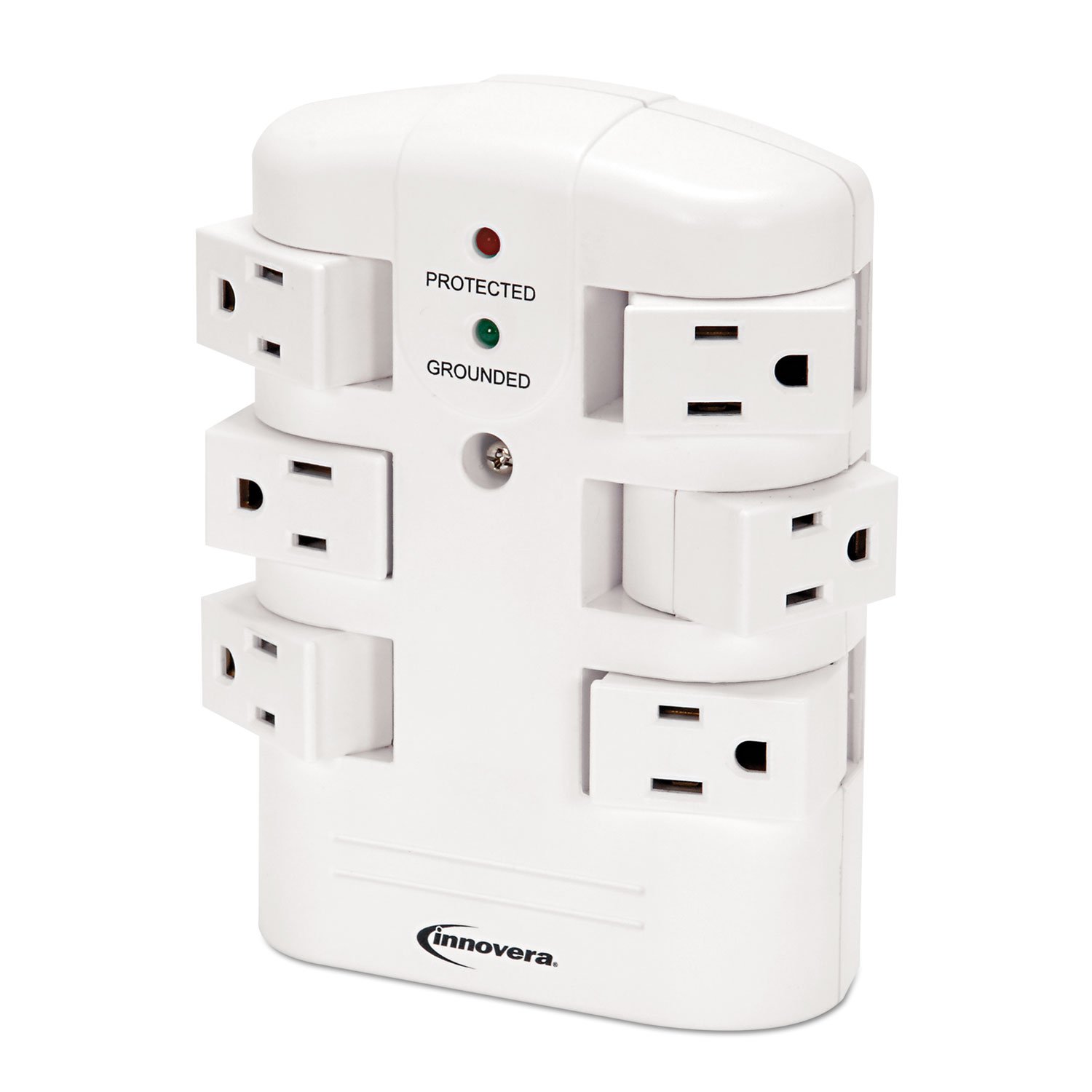
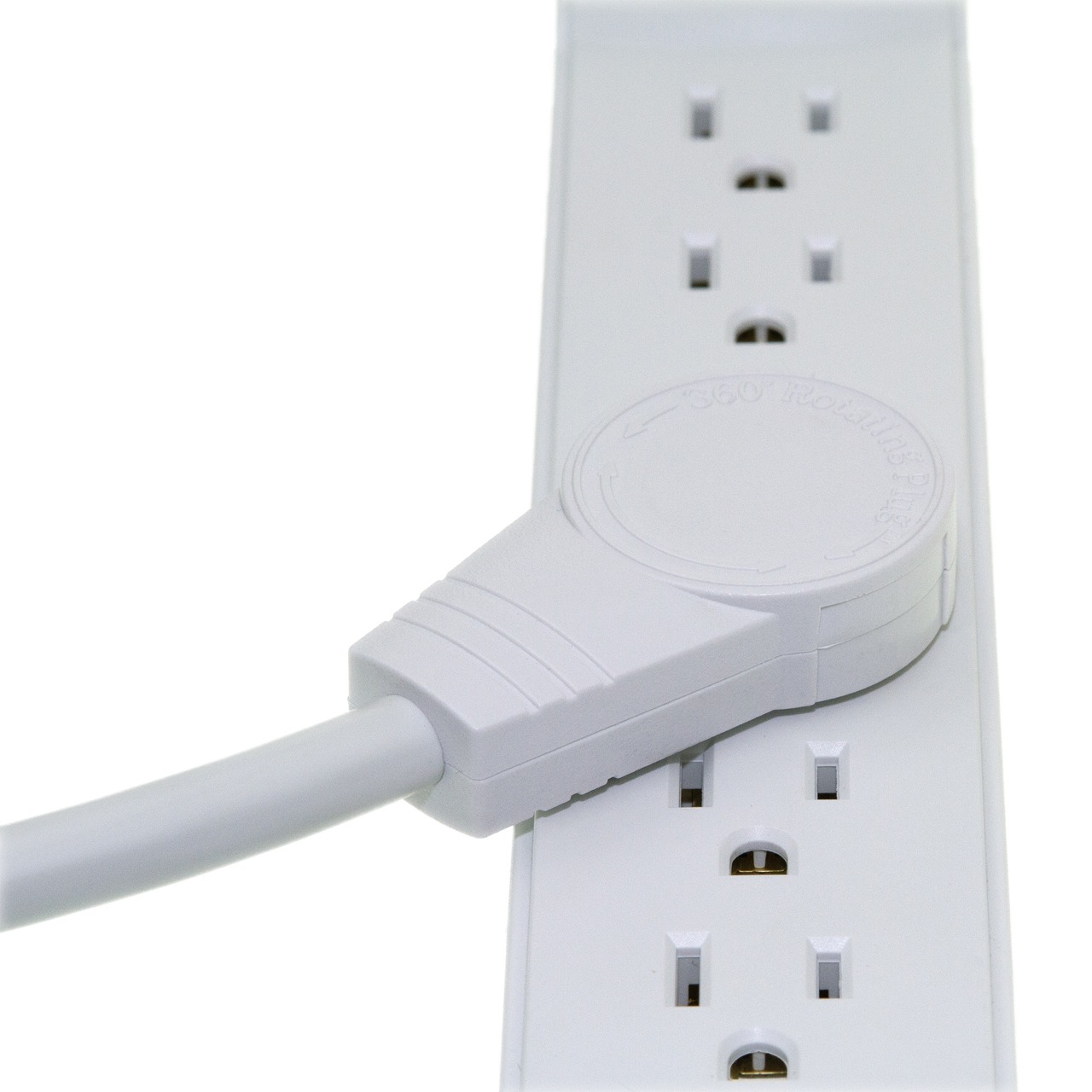
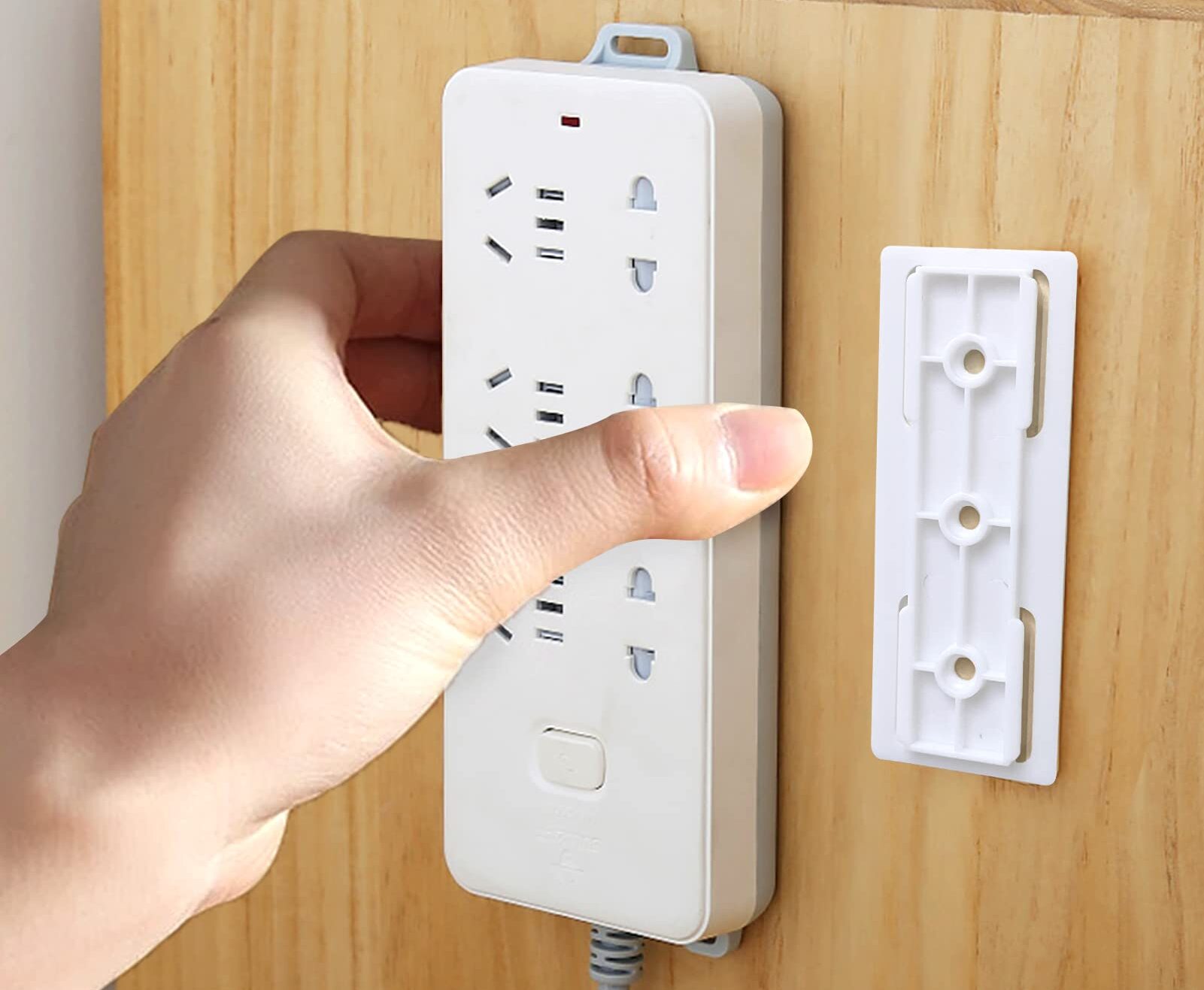
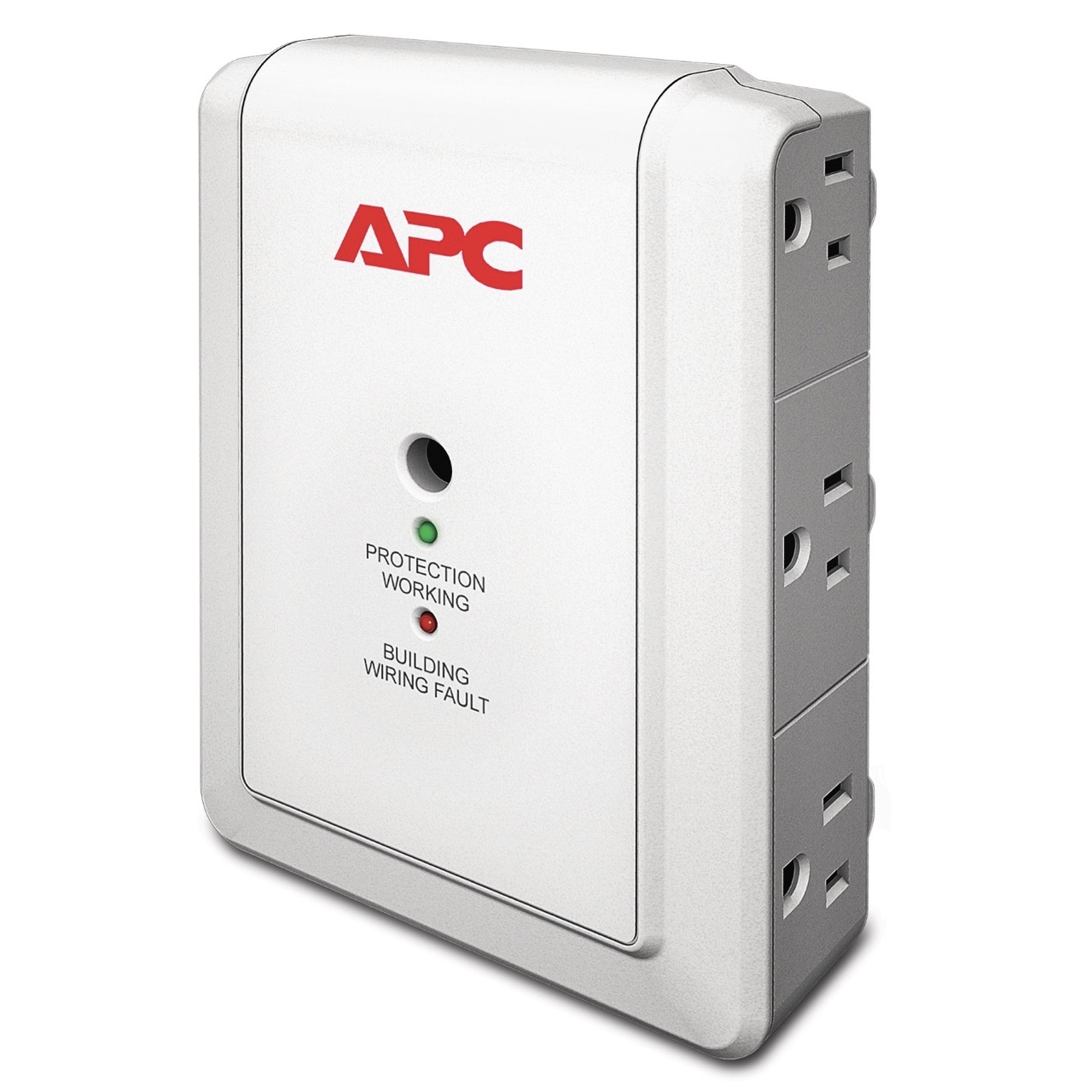
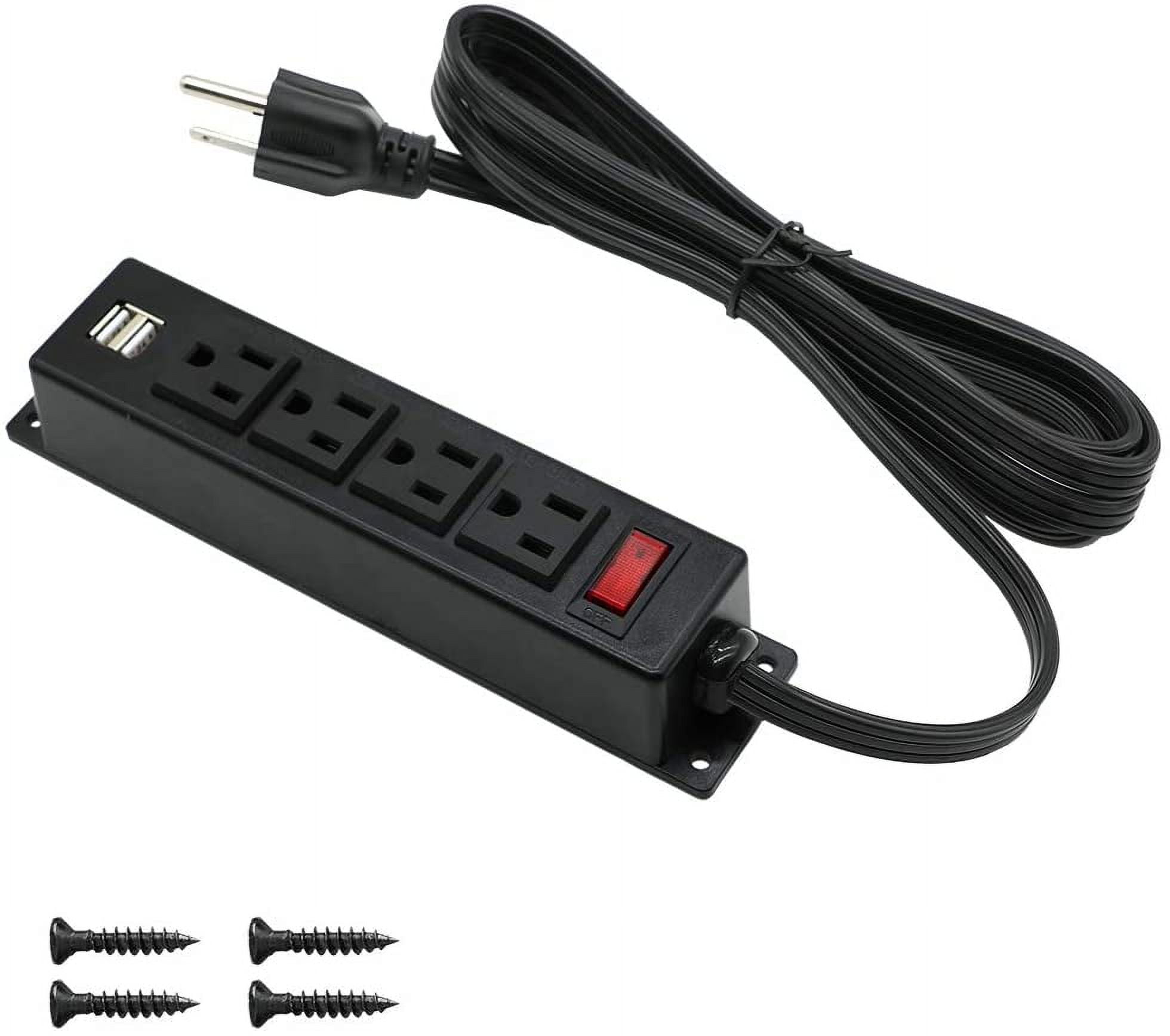
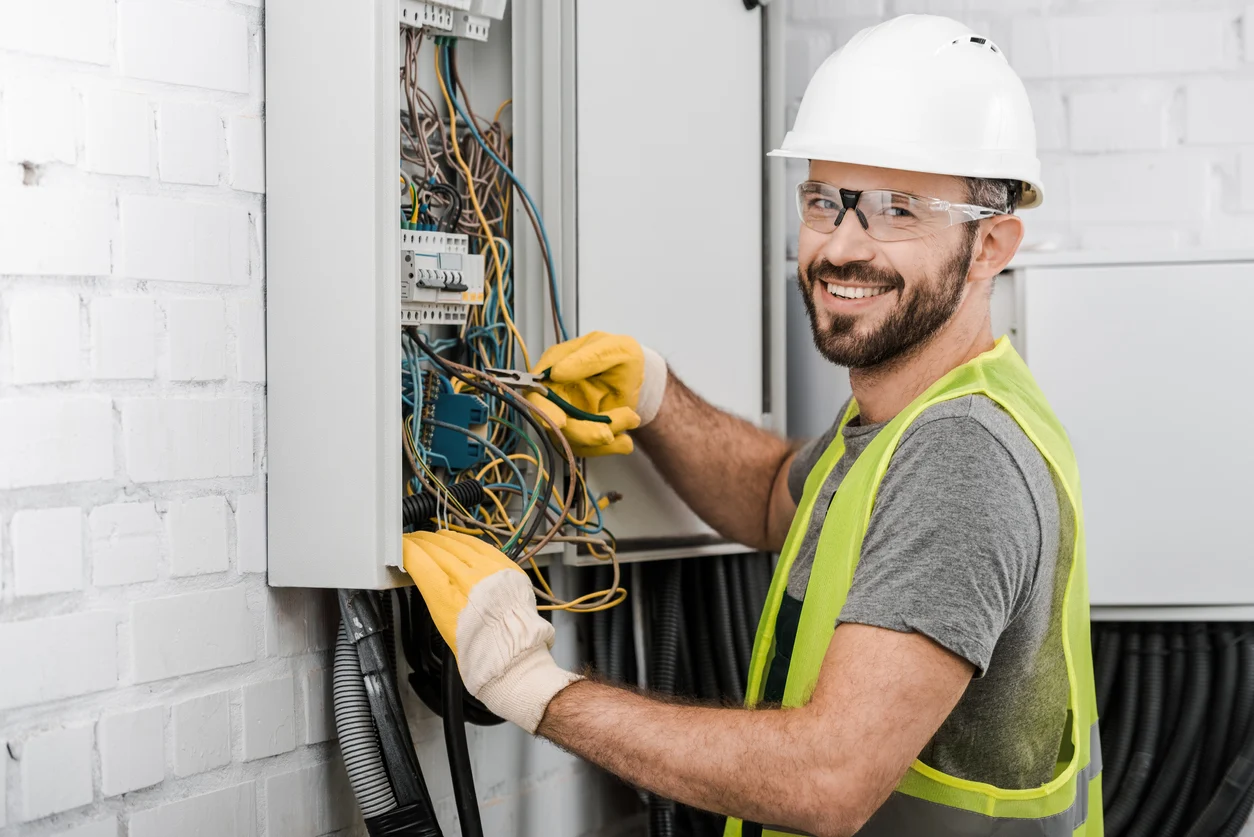

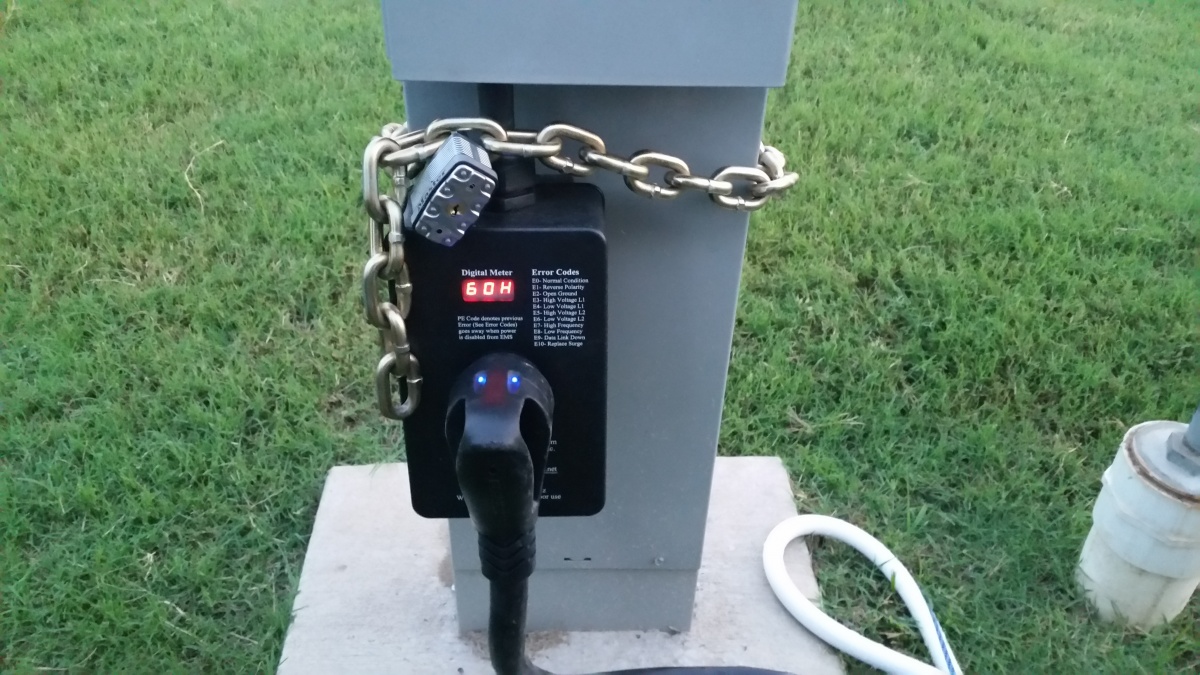
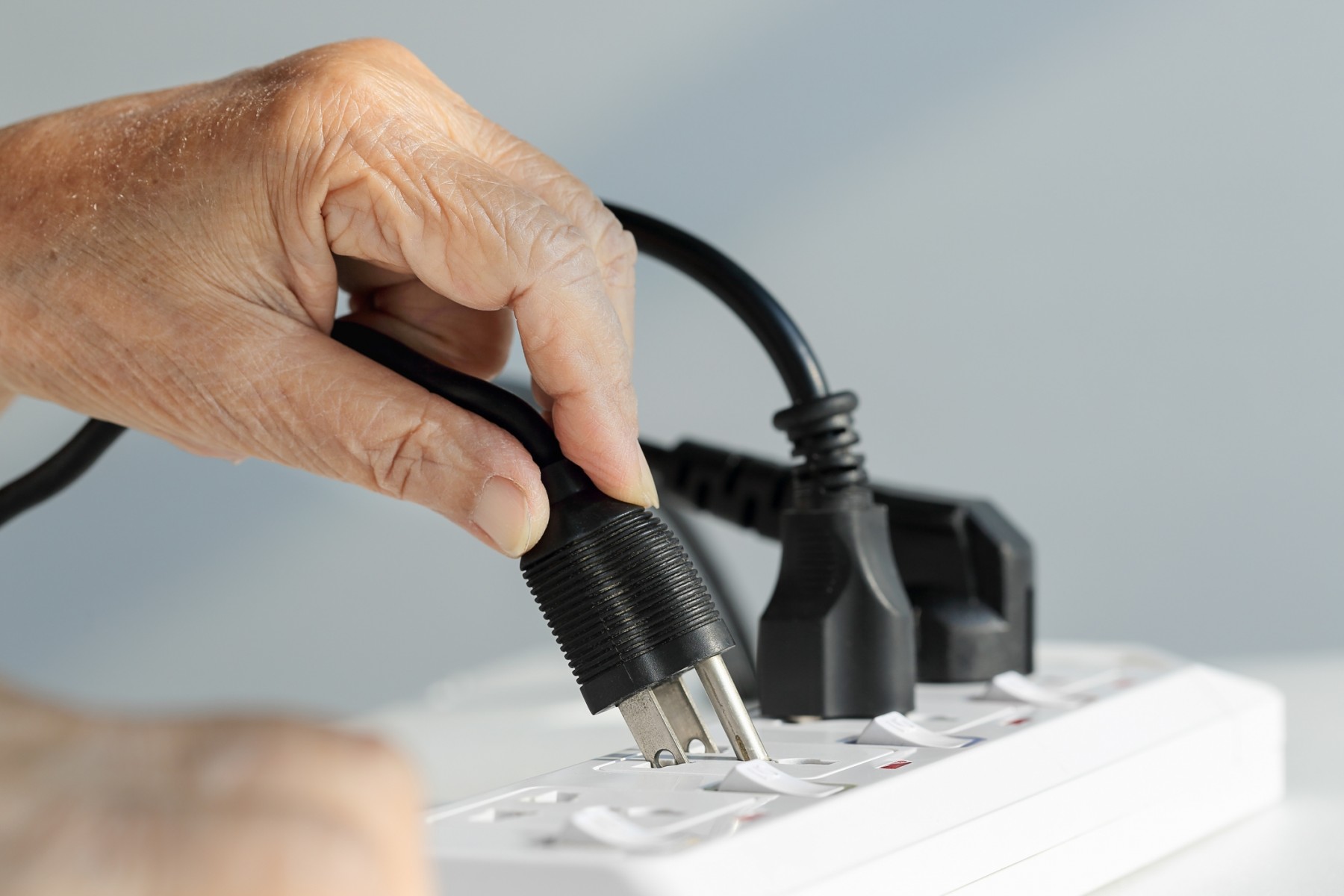
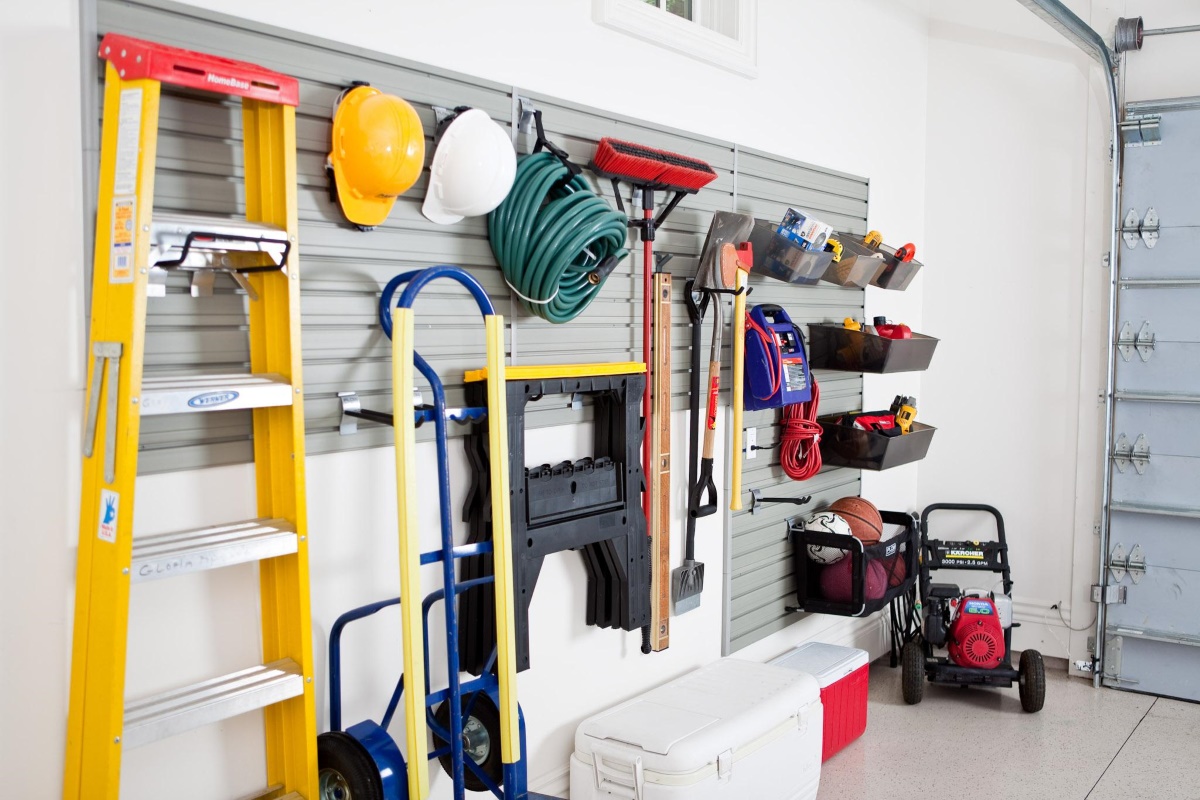

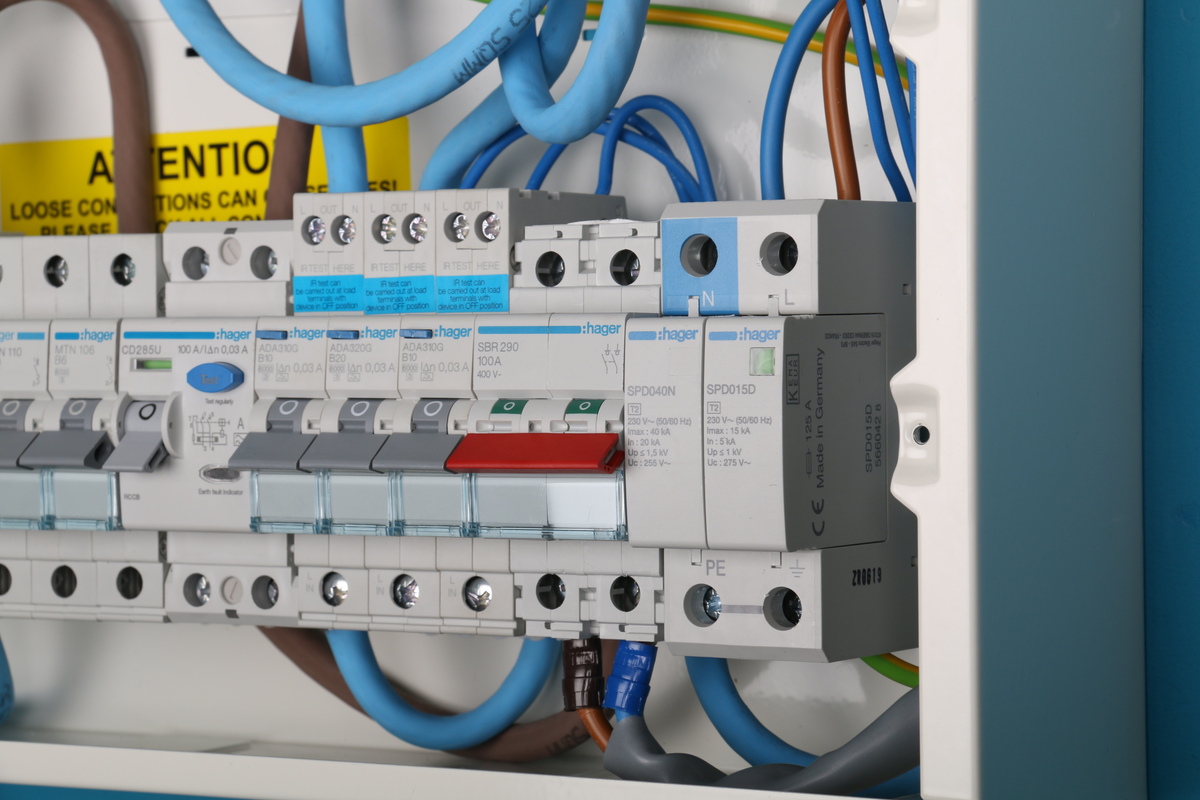
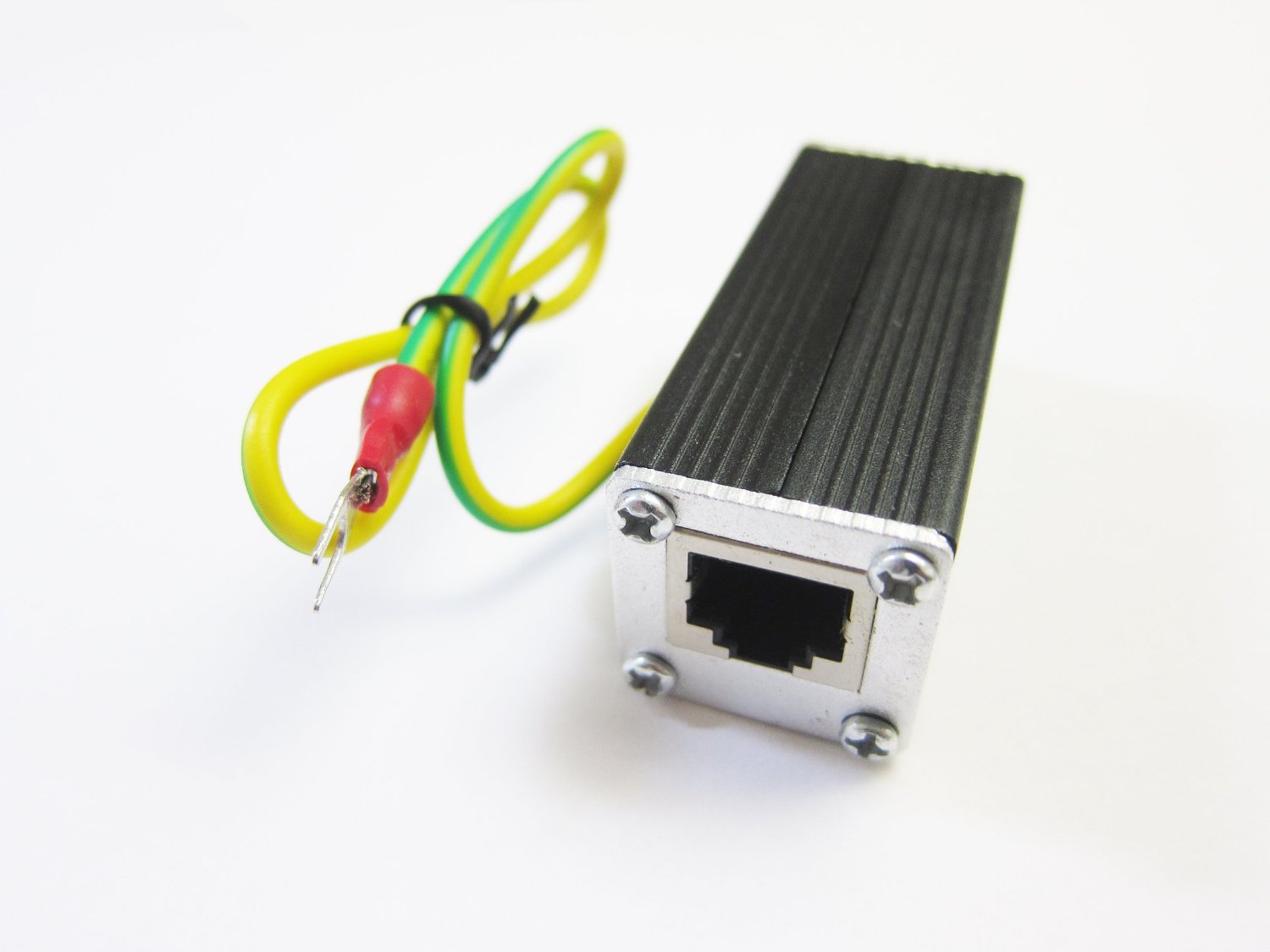
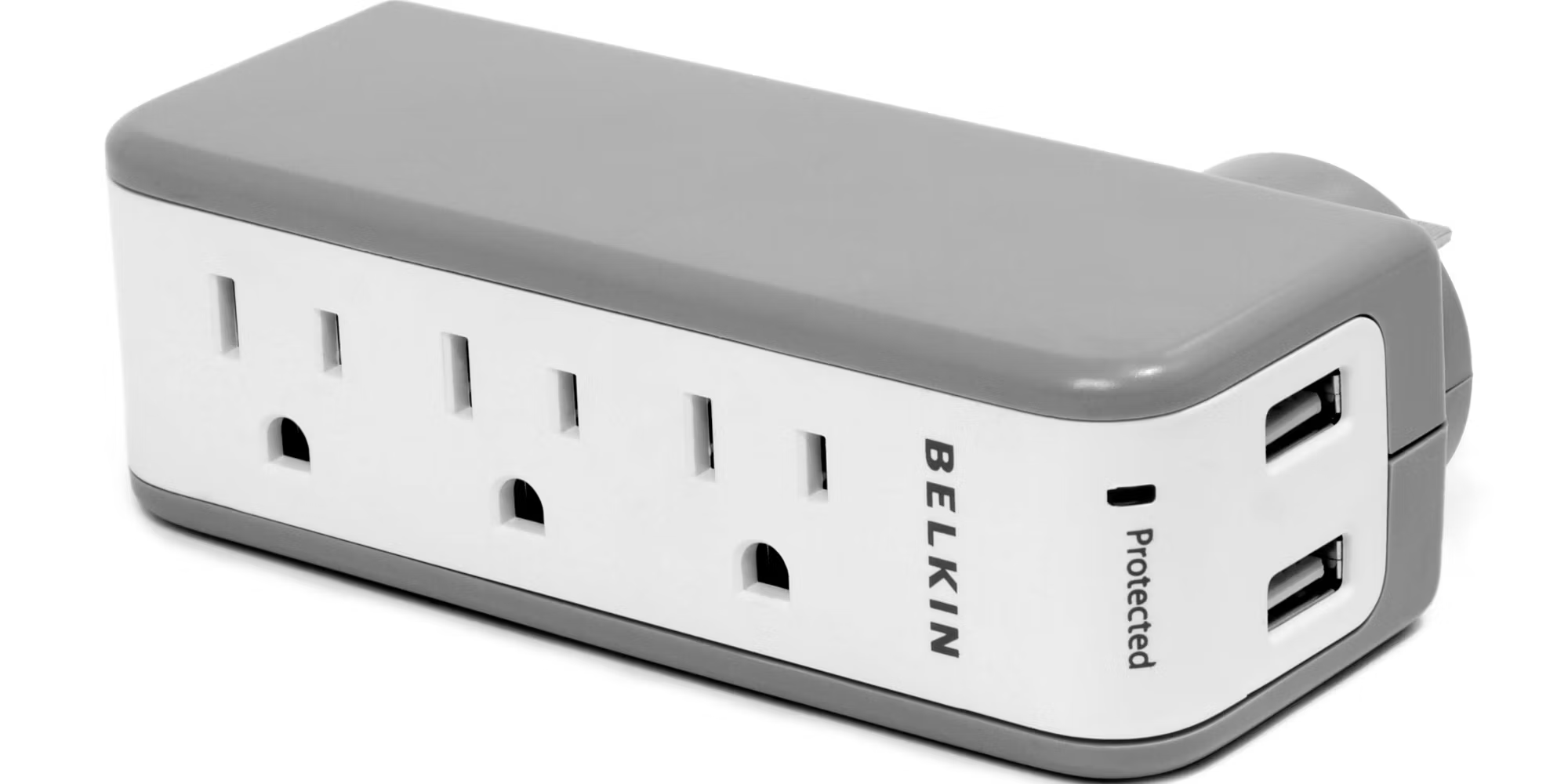

0 thoughts on “How To Hang A Surge Protector On The Wall”